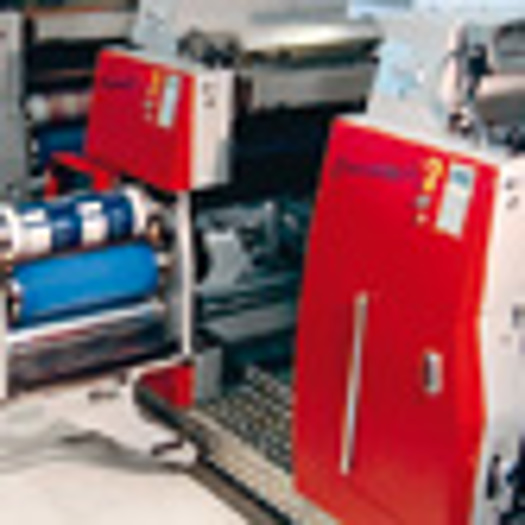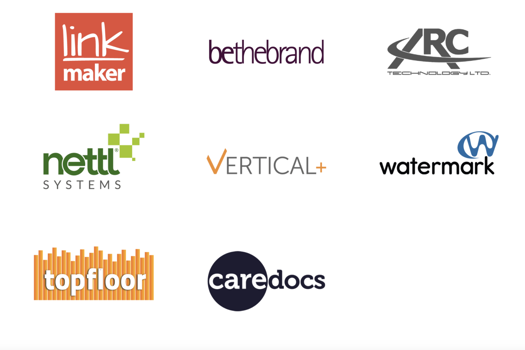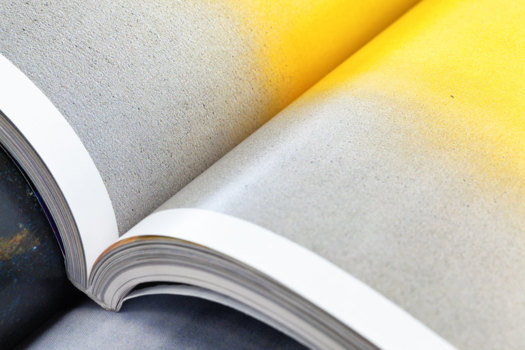Flexo & gravure presses

Traditionally reserved for high-volume runs, these presses are now able to compete with other processes on cost and speed, says Nosmot Gbadamosi
Flexo continues to hold its position in the popularity stakes with many choosing the process for its flexibility compared with other processes. Previously the choice between printing flexo or gravure was clearly defined by the run length and turnaround time required. Image quality and cost, were also big factors. But while gravure produces the highest quality images, for single runs, flexo has become much more than just a cheaper alternative.
Flexo is used predominately in the packaging sector with flexible packaging, labels, corrugated post-print and pre-print. The process is defined by its use of flexible thin rubber plates to transfer the ink onto the substrate. With gravure presses, the image is engraved directly onto the cylinder hence its stronghold in the long-run, high-quality market. Today’s rotogravure presses for publications run at 900m per minute or faster. There are two main markets for gravure: publications, such as magazines, catalogues and newspapers; and any market where large volumes are usual, such as packaging where it is used to produce high-quality cartons on relatively heavy grades of boards in any number of colours.
Flexo and gravure presses are costly investments and in today’s economic climate many printers are streamlining their existing production equipment rather than investing in new ones.
"The market has been slow and people are looking at how to use existing machines better," explains Wim Brunsting, managing director at flexo press manufacturer Gallus.
Division of labour
Printers are efficiently grouping simpler tasks on less productive machines while equally, specialist complicated jobs are reserved for more advanced presses.
Despite this there have been a few launches coming through over the past year. Gallus, for example, launched the ECS 340, built with a granite frame and a short web path, which helps the press to be more robust and economical with waste. The UV flexo press is servo driven and was unveiled at Label Expo last year.
Flexo presses are costly bits of kit so Brunsting advises any printer looking to make an investment to make sure their finances are in place before buying a press. "Also make sure the press is fit for purpose – that it’s the right machine for your business," he says.
Also ensure the press will be able to adapt to the changing demands of the market – some machines are capable of modifying the web width or the number of colours. A flexible flexo press means that if printing requirements change the press can adapt. The European Flexographic Industry Association is a good place to start when looking for advice on flexographic presses.
WHAT'S NEW IN FLEXO AND GRAVURE PRESSES
? Food packaging specialist Learoyd Packaging is looking to expand after investing more than £1.75m in a new Windmöller & Hölscher flexo press. The Burnley-based company raised £1.25m in asset-based finance from Lombard, RBS’s asset finance arm, to help it buy the kit for its plant. The company recently won a large contract with a national bakery chain
? Mondi Packaging Wheatley, the international paper and packaging group’s flexo printing division, has become a powerhouse following an expansion of its Scunthorpe site and creation of 30 new jobs. The site was expanded by 2,500m2 in January
? Mailing bags and food packaging specialist Polyprint Mailing Films started production on a newly installed Uteco flexo press in May. The £1m Onyx Central Impression flexo press was bought back in April
? Yorkshire-based tobacco packaging specialist Parkside Flexibles is targeting growth in the Asian market with its first overseas production facility in Malaysia. The facility will solely use flexographic printing that the company claims it offers "unparalleled flexibility, speed-to-market and cost efficiency"









